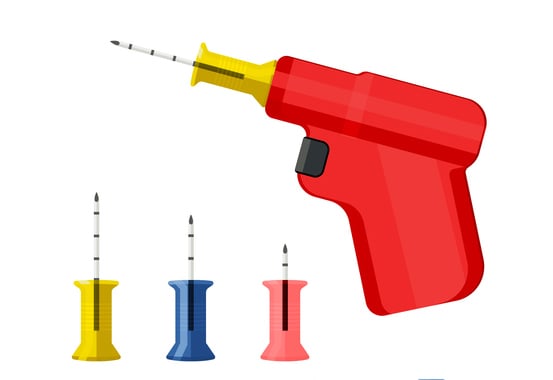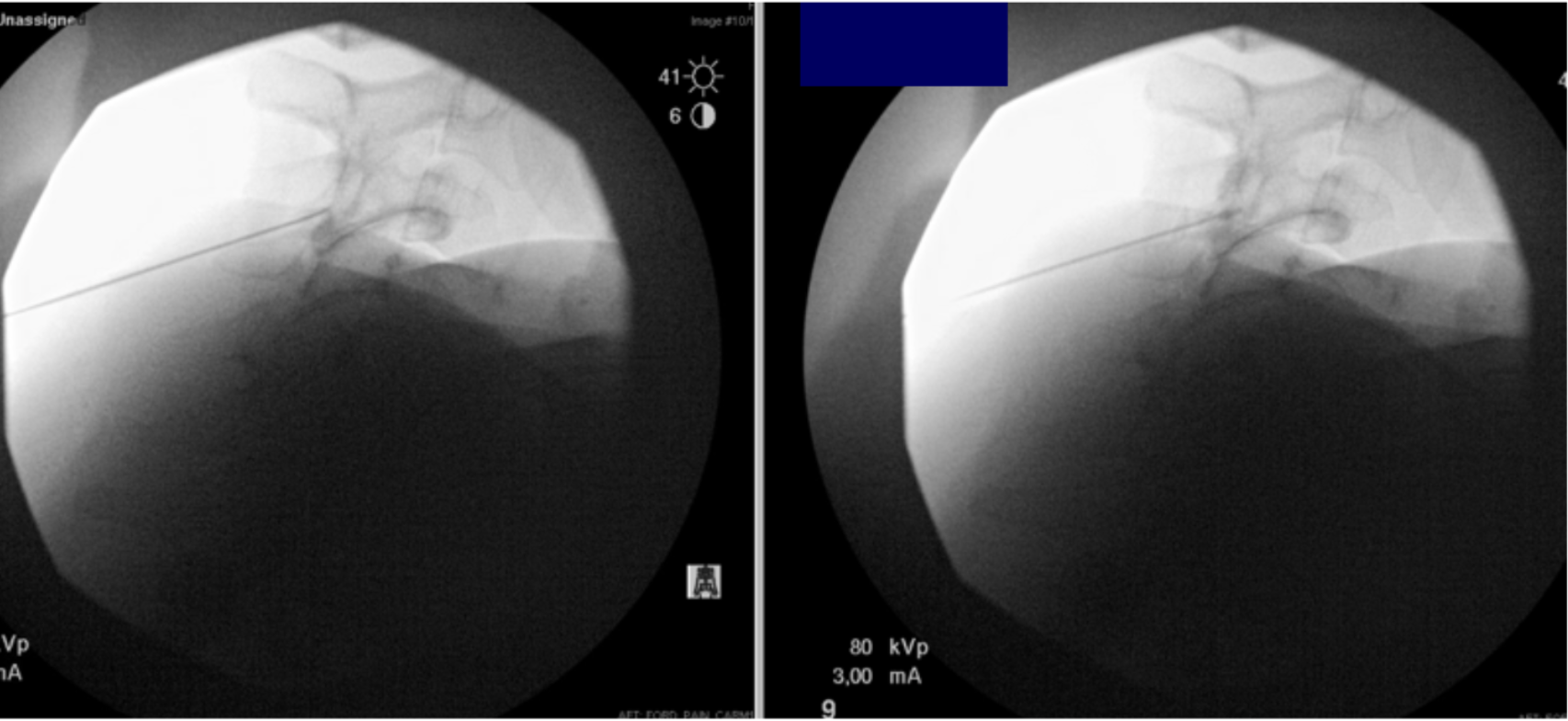Show Notes - How to Manage Pressors and Vents in the ED Like A Boss (part 1)

Flashback Friday: How to Manage Pressors and Vents in the ED
Like A Boss (Part 1)
Originally Published: December 15, 2018
In this episode, Dr. Jessie Werner sits down with Dr. Haney Mallemat to discuss using pressors in the ED.
Tune in to Part 2 on managing the ventilator!
Host
Jessie Werner, MD
University of California San Francisco – Fresno
Fellow - Emergency Medicine Education
@JessWernerMD
EMRA*Cast Episodes
Guest
Haney Mallemat, MD
Associate Professor of Emergency Medicine at Cooper Medical School
Triple boarded in EM, IM, CritCare Medicine.
Internationally recognized educator in CC Medicine.
Hospital Affiliation: Cooper Medical School
@CriticalCareNow
EMResident Articles
Overview:
As Emergency Medicine physicians we’re tasked with taking care of the sickest of the sick, often before we even have a diagnosis to clarify the clinical picture. Stabilizing critically ill patients may require placing a definitive airway and providing hemodynamic support with pressors. When faced with these challenging situations, how do you choose the right pressor? What’s the dose? When do you add another agent? What about fluids? We answer all these questions and more in this episode of EMRA CAST. Also, stay tuned for the follow-up to this episode which covers vent management in ED. We’ve got you covered with all the tips you need to become a critical care beast in the ED!
Key Resources:
- The RUSH protocol (which includes the HI-MAP technique Dr. Mallemat mentions) – Rapid Ultrasound for Shock and Hypotension.
Key Points
- Perfusion is composed of the tank (preload), the pump (cardiac output), and the pipes (systemic vascular resistance). Hypotension or shock can be caused by ANY of these, so consider performing ultrasound using the HIMAP protocol: HEART, IVC, MORISON’S POUCH, AORTA, and PULMONARY to determine the cause of the hypotension and tailor your resuscitation.
- Pressor Algorithm:
- As long as there is not evidence of a decreased EF or another cause of hypotension, Haney recommends starting with fluids to resuscitate a hypotensive patient.
- If a patient is critically ill and/or not responsive to fluids, consider starting norepinephrine. It’s okay to start it peripherally!
- If the patient is profoundly vasoplegic and norepinephrine is not working, consider adding vasopressin at a dose of 0.03 mg/kg.
- After that point, you can consider starting epinephrine at a higher dose, or greater than 0.05 mcg/kg/min to get the most vasopressive effect. There is no known maximum dosing, but organ ischemia - particularly gut ischemia - can occur.
- Dopamine has fallen out of favor due to concern over arrhythmogenic properties; however, you could consider using dopamine if a patient is bradycardic AND hypotensive (for example, if they’re beta-blocked). If a patient has a “pump” problem with a significantly reduced EF, you should consider dobutamine in conjunction with cardiology or an intensive care specialist.
References / Resources
-
Rezaie S. RUSH protocol: Rapid Ultrasound for Shock and Hypotension. ALiEM Website. https://www.aliem.com/2013/06/rush-protocol-rapid-ultrasound-shock-hypotension/. Updated 6/1/2013. Accessed 12/13/2018.
Related Content

Nov 02, 2022
Critical Care Alert: A Randomized Trial of Drug Route in Out-of-Hospital Cardiac Arrest
Every minute counts for long-term outcomes in out-of-hospital cardiac arrest. Does the route of administration for lifesaving medications play a role? This EMRA Critical Care Alert dives into the PARAMEDIC-3 trial, comparing outcomes in OHCA patients who were treated with intraosseous access versus intravenous access.

Dec 09, 2025
Pseudo-Subarachnoid Hemorrhage Following Cervical Medial Branch Block Using Gadolinium-Based Contrast: A Case Report and Review of the Literature
This case report explores the evidence behind recognizing and treating conditions caused by gadolinium-based contrast agents — including pseudo-subarachnoid hemorrhage.

Dec 29, 2025
Advocacy from the Frontlines: Anywhere, Anyone and Anytime
EMRA President Polly Wiltz, DO, says advocacy is not a class that is taught in medical school, and it is imperative for as future physician leaders to engage in this work, make our voices heard and ensure our seat at the table in discussions that affect the health of our patients, our communities, and our profession.




